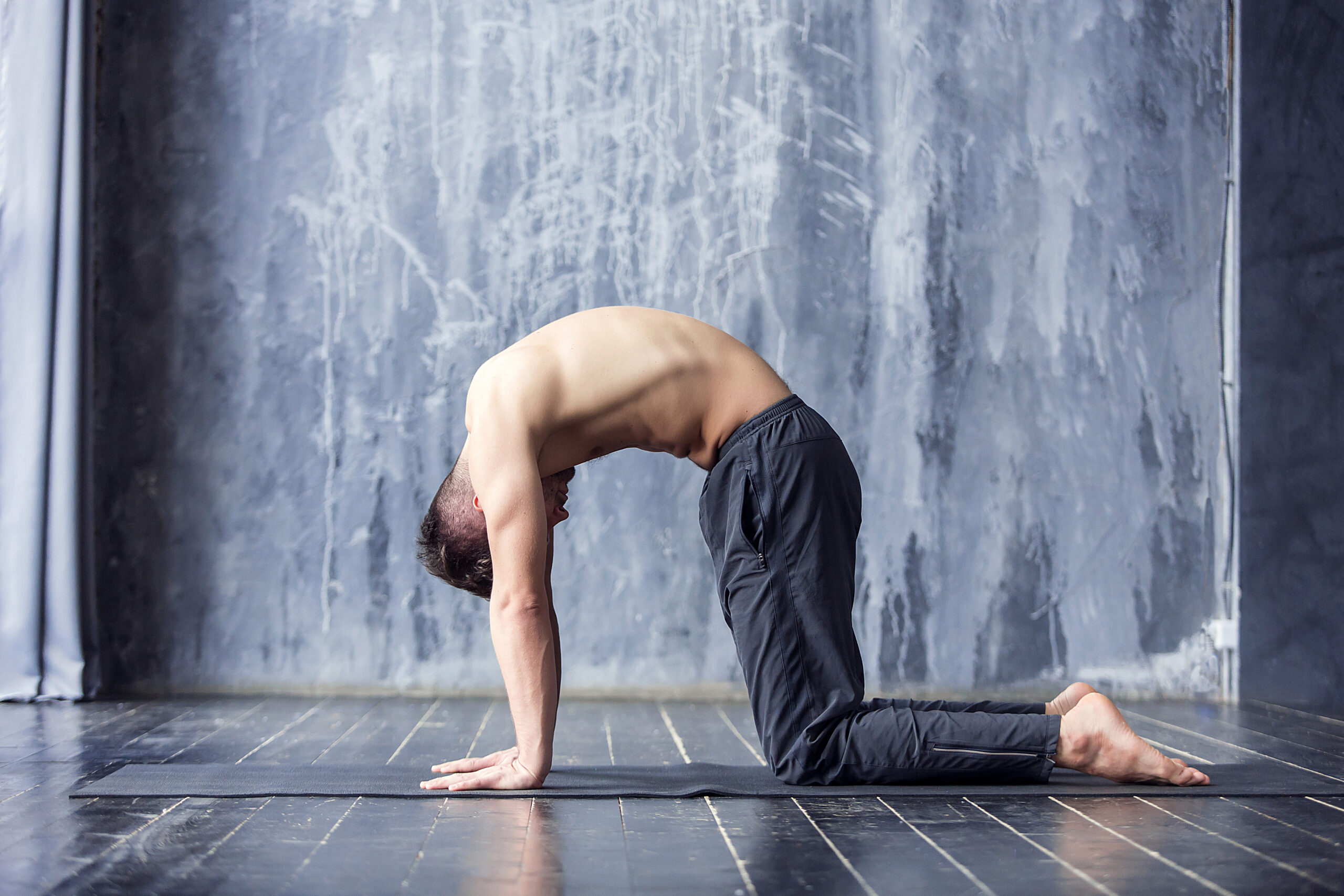My Journey from Darkness to Light
There was a time in my life when I didn’t think I’d make it out. Addiction had taken hold of me, pulling me deeper into a cycle of pain, regret, and hopelessness. Every day felt like a struggle to survive, and I had lost sight of who I was and what my purpose could be. But today, as I sit here—19 years sober—I can say without hesitation that yoga saved my life. Specifically, Ashtanga yoga gave me a structure, a sense of purpose, and a way to heal.
Discovering Ashtanga Yoga
I didn’t find Ashtanga yoga in a moment of peace. It wasn’t something I sought out with open arms. In fact, like many people in recovery, I first approached it with skepticism. How could stretching and breathing help with something as serious as addiction? But from the moment I stepped onto the mat, something shifted.
Ashtanga yoga is different from other styles. It follows a set sequence of postures, done in a specific order, combined with deep breathing and concentration. It requires discipline, consistency, and patience—qualities I lacked at the time but desperately needed. The practice didn’t just challenge my body; it forced me to confront my mind, my emotions, and my past. It made me sit with my discomfort rather than running from it.
Structure and Routine: A Lifeline in Recovery
One of the hardest things about early sobriety is the lack of structure. When you’re addicted, your entire life revolves around the substance—when you’ll get it, how you’ll use it, and what happens after. Without it, there’s an emptiness that can be overwhelming.
Ashtanga yoga filled that void with something positive. The daily practice gave me a routine. I woke up, rolled out my mat, and did the work. There was no need to decide what I would do each day; the sequence was already set. This consistency gave me stability, something I had never truly experienced before. And in the moments I felt like giving up, the practice itself reminded me to keep going, one breath at a time.
Breath and Mindfulness: Rewiring the Brain
Addiction is more than just a physical dependence—it’s a mental and emotional struggle. My thoughts used to race with anxiety, self-doubt, and the ever-present urge to escape. But through Ashtanga yoga, I learned the power of the breath.
Each movement in the practice is linked to an inhale or an exhale. This connection forces you to be present. When you focus on your breath, there’s no room for the chaos of the past or the fears of the future. I slowly began to notice that my mind was less reactive. The same impulses that once controlled me—the cravings, the destructive thoughts—began to lose their power.
Breathwork and meditation, which are integral to Ashtanga, actually change the brain. Studies show that deep breathing activates the parasympathetic nervous system, calming stress responses and improving emotional regulation. For someone in recovery, this is life-changing.
Healing the Body, Healing the Soul
The damage from addiction isn’t just mental or emotional—it’s physical too. Years of substance abuse had left my body weak and unbalanced. I carried tension, pain, and exhaustion. At first, the practice was difficult. My muscles were tight, my stamina was low, and I had to rebuild from the ground up. But I kept showing up.
Slowly, I began to feel stronger. My body became more flexible, my posture improved, and the aches I had accepted as normal started to fade. More importantly, I felt connected to my body in a way I never had before. Instead of using substances to numb myself, I was learning to listen—to understand what my body needed, when it needed rest, and when it was capable of pushing further.
Community and Connection
Recovery can be lonely, but yoga creates a sense of community. In my early days of practice, I found myself surrounded by people who were also working through their struggles. Some were recovering from injuries, some from emotional trauma, and others, like me, from addiction.
This sense of shared experience was powerful. No one was there to judge or criticize. We were all just doing the work together. Over time, I built relationships with teachers and fellow practitioners who supported me, held me accountable, and reminded me that I wasn’t alone. This sense of belonging became one of the most healing aspects of my journey.
Bringing Yoga to Others in Recovery
After experiencing the transformation firsthand, I knew I had to share it with others. That’s why I started the Trini Foundation, a nonprofit dedicated to bringing yoga to people in recovery. I’ve seen it work again and again. People who come to the mat for the first time full of doubt, just as I did, and slowly start to find themselves again.
Yoga isn’t a quick fix. It doesn’t make the struggles disappear. But it gives you tools—real, tangible tools—to handle life differently. To breathe through the cravings, to face emotions without running, and to build a foundation that supports long-term sobriety.
Final Thoughts
If you’re struggling with addiction, or if you know someone who is, I want you to know there’s hope. Recovery isn’t just about quitting substances; it’s about rebuilding a life that feels meaningful.
Ashtanga yoga gave me a second chance. It showed me that healing isn’t just possible—it’s within reach. All it takes is a willingness to step onto the mat, to take one breath at a time, and to trust that, with practice, change will come.
If you’re curious, give it a try. You don’t need to be flexible or experienced. You just need to show up. The practice will meet you exactly where you are. And if you let it, it just might change your life the way it changed mine.
